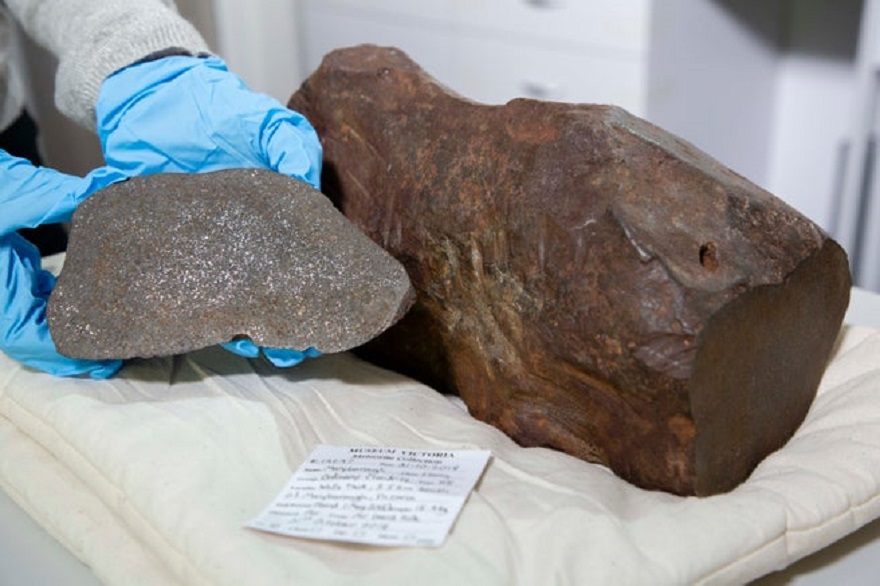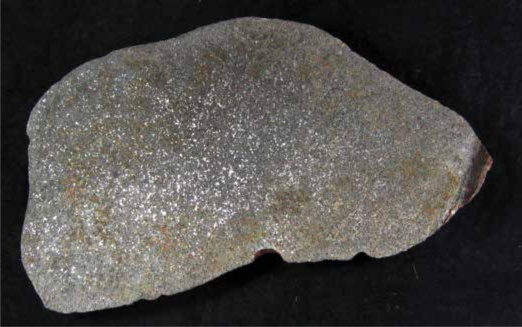An Australian David Hole kept a strange stone in his possession for several years, thinking it was a gold nugget. But when he took it to the museum, it turned out to be a meteorite.

Amazing stone
In 2015, an Australian David Hole was wandering through the Maryborough National Park, which is near the Australian capital, Melbourne, and saw a strange red stone lying in yellow clay. It was unexpectedly heavy and the metal detector responded to it.
Since this area was once a place of gold mining in the 19th century, the man thought he had found a nugget. He took it home to try to understand in detail what he had found.
David tried to use a hand saw, a grinder, a drill, but the stone did not yield to him. Even hitting it with a sledgehammer didn’t help. After four years of trying to get to the “gold”, the man gave up and decided to take the stone to the local museum, where it was recognized as a meteorite.
A rare finding
Over the past 40 years, visitors have brought various stones to the Melbourne Museum thousands of times. But only twice they turned out to be guests from outer space. And one of them was brought by David Hole in 2019.
The object was named the Maryborough meteorite after the place where the stone was found. It turned out to be a rather large guest from space. It weighs as much as 17 kilograms and required a diamond-coated saw to cut a piece from it for research that lasted several years.
A meteorite that is more valuable than gold
It turned out that the Maryborough meteorite does not contain gold. This is an ordinary chondrite, which was formed at the dawn of the existence of the solar system and mainly consists of iron and nickel. But that doesn’t mean it isn’t as valuable as its owner thought it was all these years.

In fact, meteorites are much rarer than gold nuggets in Australia. Despite the absence of precious metals, they have enormous scientific value, because their chemical composition can tell a lot about the evolution of the solar system.
Specifically, the Maryborough meteorite came to us from the main asteroid belt. But when it happened remains a controversial issue. It fell down about 100-1000 years ago. Between 1889 and 1951, several celestial events were recorded, which might be connected with this stone.
By the way, the case with David Hole is far from the first time when a meteorite has been stored somewhere for a long time before getting into the hands of scientists. In 2018, scientists from the USA were given a stone from space, which had been stored on one of the farms for 80 years and had contrived to change several owners during this time.
According to: www.sciencealert.com

